Your Closet’s Full, But You Have Nothing to Wear? Let’s Fix That.
I’ve spent a long time helping people figure out their clothes, and I see the same story over and over. You open a closet packed with stuff, but that sinking feeling hits: “I have nothing to wear.” It’s a frustrating cycle of buying things on impulse, wearing them once or twice, and then watching them die a slow death in the back of your closet. Honestly, it’s an expensive and deeply unsatisfying way to live.
In this article
- First Things First: Think Like a Curator, Not a Shopper
- Okay, But Where Do I Start? A Realistic Roadmap
- The Nitty-Gritty: Understanding Fabric and Quality
- The Core Pieces You Can’t Go Wrong With
- Don’t Forget Your Feet: Investing in Good Shoes
- Finishing Touches and Long-Term Care
- Inspirational Gallery with Photos
But what if we changed the goal? Instead of chasing fleeting trends, we can focus on building a core wardrobe of amazing pieces that actually serve you for years. This isn’t about more consumption; it’s about smart curation. It’s about seeing your clothes as reliable tools that make you feel genuinely confident.
This is the stuff I’ve learned from handling countless fabrics, studying how quality clothes are made, and seeing what truly lasts. It’s a shift in mindset that will save you a ton of time and money in the long run.
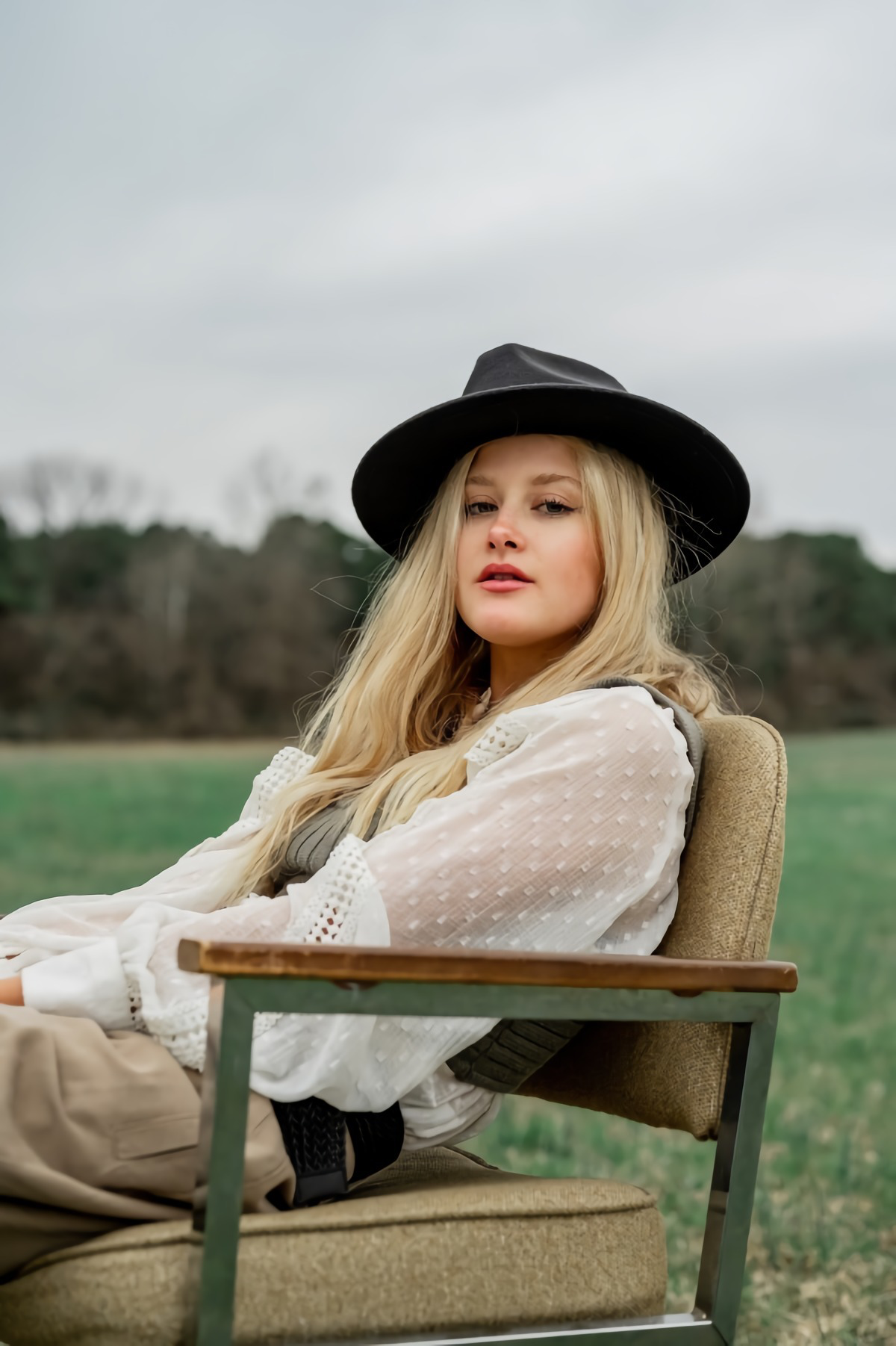
First Things First: Think Like a Curator, Not a Shopper
Before you even think about buying something new, the most important change has to happen in your head. Stop thinking about a “wardrobe revamp” and start thinking about “building a collection.” A revamp is a quick fix. Building is a thoughtful, long-term project.
A key idea I always share is “cost-per-wear.” It’s simple, really. That trendy $40 shirt you wear twice before it gets weirdly stretched out? That’s $20 per wear. But what about a beautifully made $150 shirt that you wear a hundred times over the next five years? Its cost-per-wear is just $1.50. The initial price tag is higher, but the value you get is immense.
I learned this the hard way. Early in my career, I bought a stylish but cheap trench coat. It looked fantastic for about a month. Then a seam in the lining gave up, and a button popped off. It was a complete waste of money. Investing in a well-made coat from the start would have saved me all that frustration.
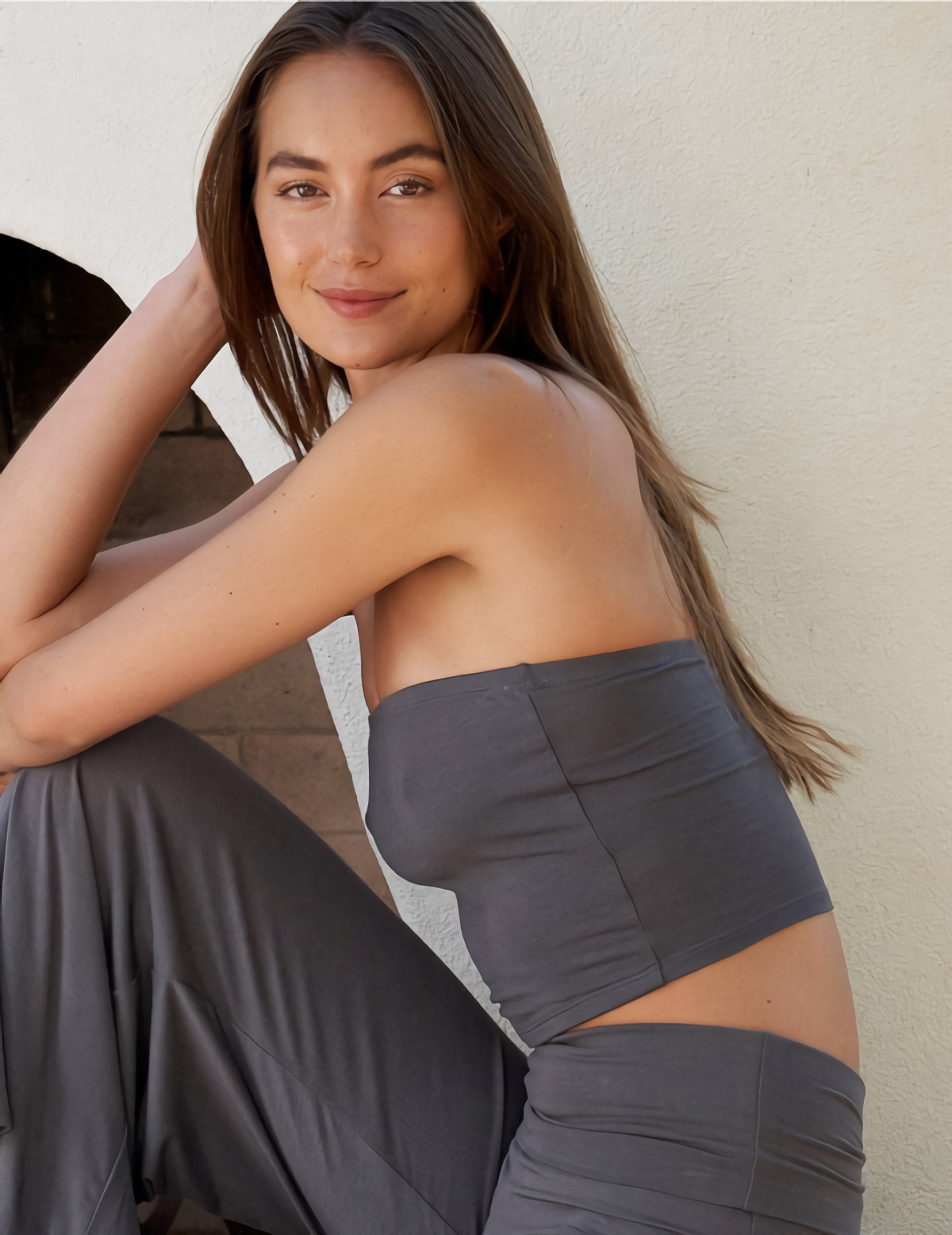
And here’s a hot tip: building a solid wardrobe is like creating your own personal uniform. This doesn’t mean you wear the exact same outfit daily. It means you figure out the shapes and styles that genuinely work for your body and your lifestyle. Once you have that foundation, getting dressed becomes ridiculously easy.
Not sure what silhouette works for you? Try this. Go to a store and try on three totally different styles of jackets: a classic, structured blazer; a soft, draping cardigan; and a more casual bomber jacket. Pay attention to which one makes you feel the most like you. That’s your clue. That’s your starting point.
Okay, But Where Do I Start? A Realistic Roadmap
This all sounds great, but you’re probably thinking, “I need like ten things and only have the budget for one right now.” Totally fair. You don’t build this overnight. Here’s a priority list that I find works for most people:

- Great Shoes: Start from the ground up. Poor-quality shoes can throw off a great outfit and, more importantly, mess up your feet and back. This is an investment in your health and comfort.
- A Go-To Jacket or Coat: Your outerwear makes the biggest first impression and has the power to elevate everything underneath it. A great coat makes even a simple t-shirt and jeans look intentional.
- Well-Fitting Pants or Denim: The foundation of most outfits. A pair that fits you perfectly can be a huge confidence booster and a true workhorse in your closet.
- Versatile Knitwear: A quality sweater is a layering powerhouse that you’ll reach for constantly.
The goal is to add one or two high-quality pieces a season. This is a marathon, not a sprint. It gives you time to save up and really learn what you need.
The Nitty-Gritty: Understanding Fabric and Quality
The single biggest difference between a garment that falls apart and one that lasts is the material. You don’t need to be a textile genius, but knowing the basics will protect your wallet.
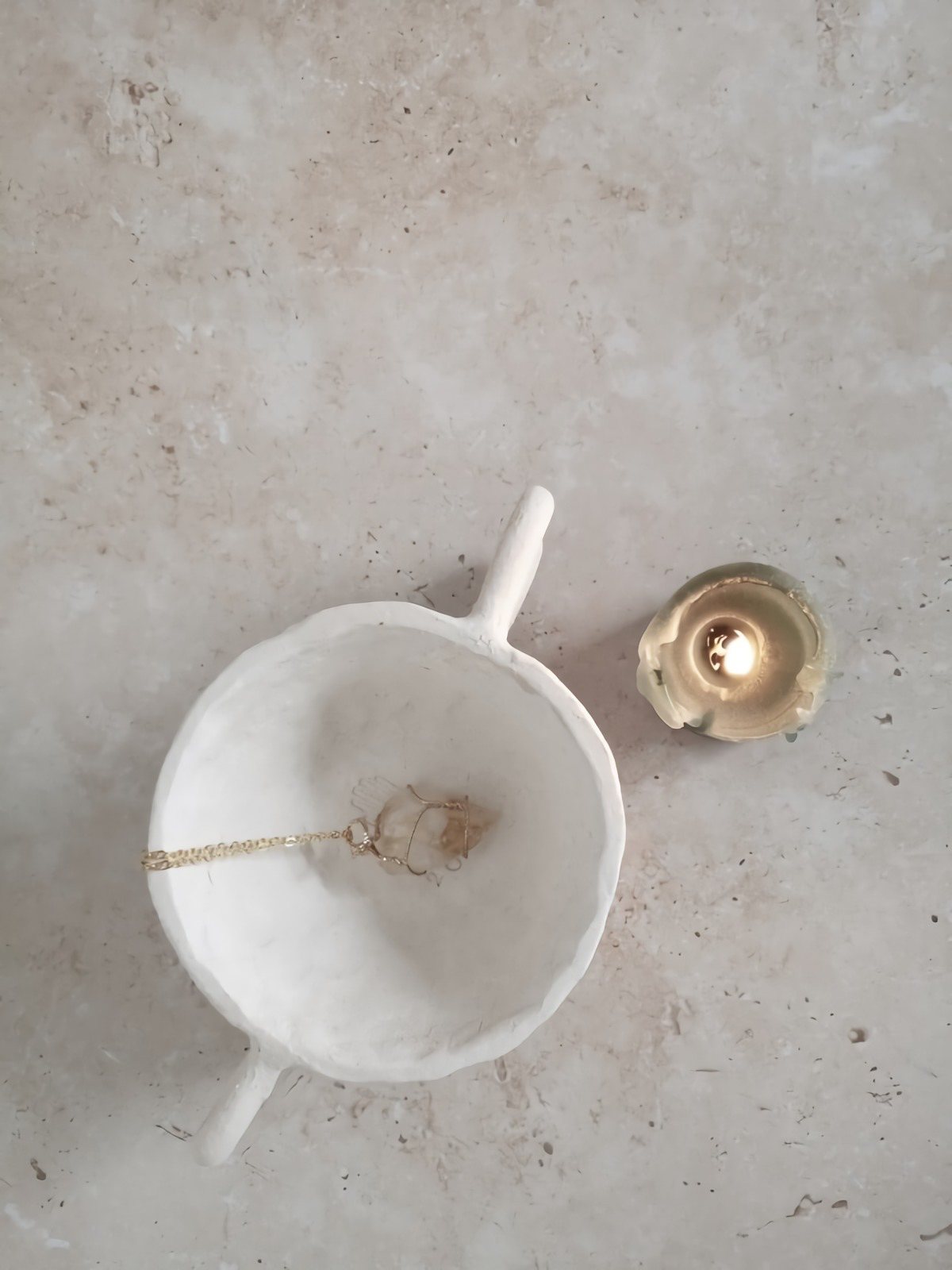
Let’s Talk Natural Fibers
Sure, synthetics like polyester have their place, especially in workout gear. But for your core wardrobe, natural fibers are almost always the better choice. They breathe, feel better on your skin, and age with grace.
- Cotton: The Everyday Workhorse. We all know cotton, but the quality is all over the place. Look for long-staple cottons (you might see Pima or Supima on the tag), which have longer fibers that create a softer, stronger fabric. When you’re shopping, just feel it. Good cotton feels smooth and has some substance, not thin and scratchy. For shirts, poplin is crisp and smooth, while Oxford cloth is a bit thicker and more casual.
- Wool: Nature’s Smart Fabric. Wool is an amazing insulator that keeps you warm when it’s cold but also breathes when it’s warmer. Merino wool is the gold standard for sweaters—it’s super fine, so it’s soft and doesn’t itch. For a good quality merino sweater, expect to pay between $80 and $150. It sounds like a lot, but a good one will last you years.
- Linen: The Summer Staple. Linen is incredibly strong and breathable, which makes it a dream in hot weather. Yes, it wrinkles. You just have to lean into it; that’s part of its charm. A good linen gets softer with every wash. Quick tip: Avoid super thin, cheap linen. It won’t hang right and will wrinkle like crazy. Look for linen with a little bit of weight to it.
- Cashmere & Silk: The Everyday Luxuries. These are true investment fibers. Cashmere is famous for being incredibly soft and light while being warmer than much heavier wools. Silk has a beautiful drape and luster. Just be warned: these materials need gentle care. I’ve seen beautiful cashmere sweaters costing $200+ get accidentally thrown in a hot wash and come out doll-sized. It’s a painful mistake.
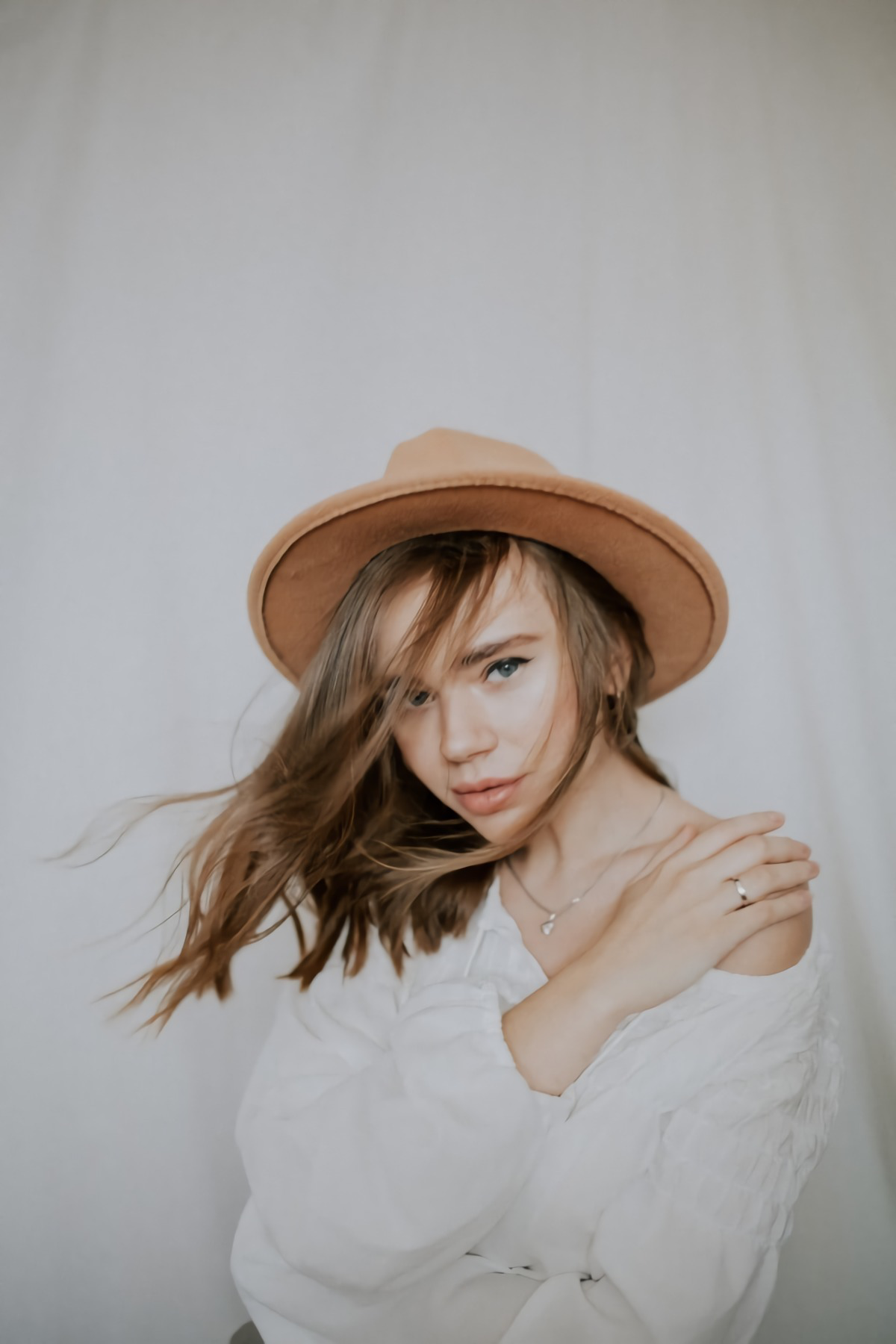
Your 30-Second In-Store Quality Check
You can spot quality in less than a minute if you know what to look for. No one needs to know you’re doing it!
- Check the Seams. Look at the stitching. Is it tight and even? A good shirt should have at least 10-12 stitches per inch. Gently pull on a seam—it should feel solid.
- Look at the Buttons. Do they feel cheap and plasticky, or do they have some weight? Mother-of-pearl buttons, for example, have a distinct depth and are far more durable. The buttonholes should be neatly stitched with no loose threads. A sloppy buttonhole is a huge red flag.
- Feel the Lining (in jackets). A cheap, static-y polyester lining feels terrible and can tear easily. Quality jackets often use a silky, breathable lining like Bemberg (or cupro). It costs more to produce, but it makes a world of difference in how a jacket feels to wear.
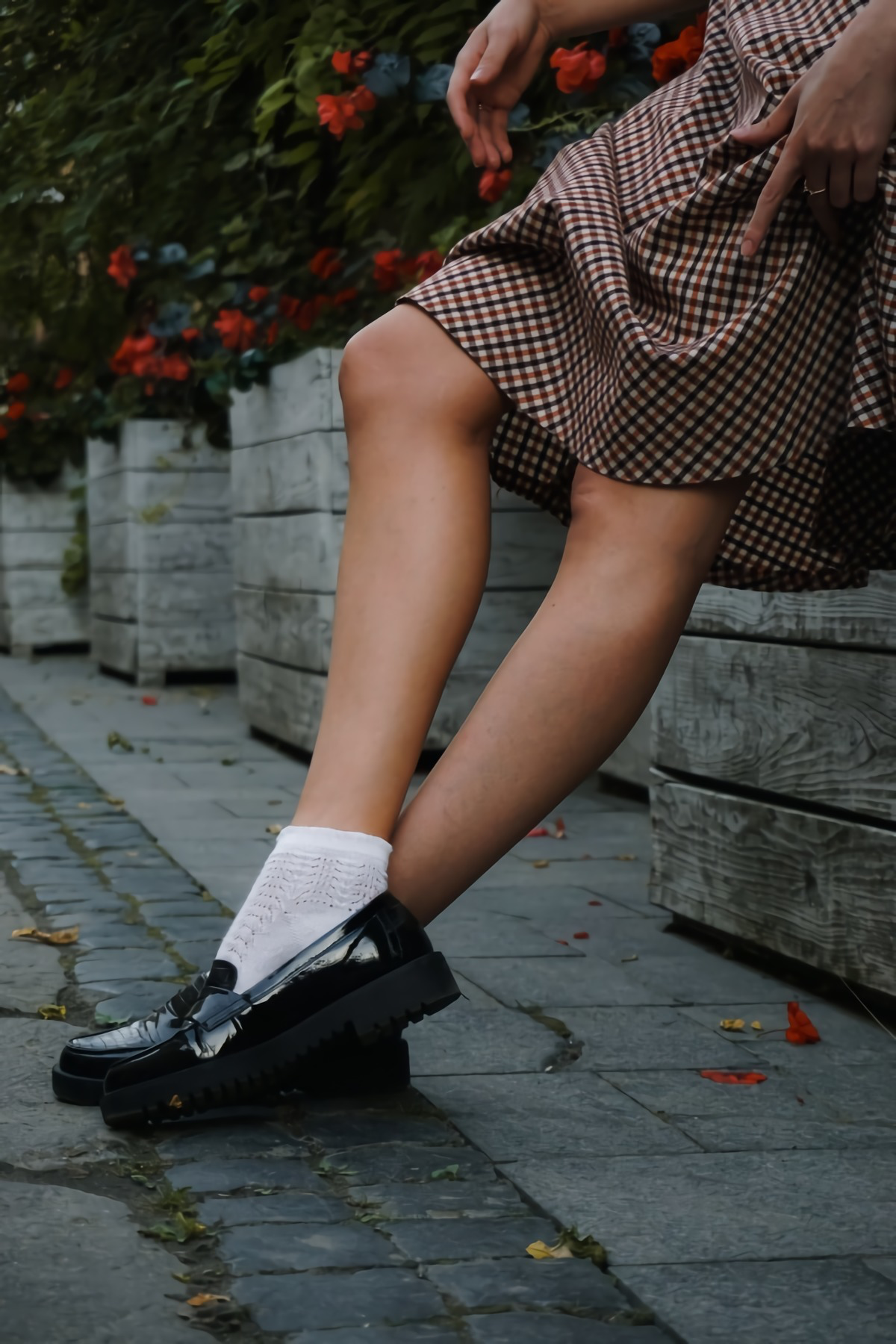
The Core Pieces You Can’t Go Wrong With
Okay, armed with that knowledge, let’s talk about the non-negotiable cornerstones of a great wardrobe.
1. The Perfect White Shirt
I’m not talking about a 3-pack of undershirts. I mean a well-made shirt in a great cotton like crisp poplin or soft Oxford. Fit is everything. It should sit cleanly on your shoulders and not pull across the chest. By the way, most people need a little help from a tailor here. Budget for it! Spending an extra $20-$30 to get the sleeves shortened or the waist taken in can make a $100 shirt look like it was custom-made for you.
2. A Great Pair of Trousers or Denim
For some, this is a classic pair of wool trousers in navy or grey. For others, it’s dark-wash denim that fits like a glove. If you go the denim route, you might hear about “raw selvedge” denim. In short, it’s a higher-quality denim that hasn’t been pre-washed, so you break it in yourself. Heads up: the break-in period can be pretty stiff for the first few weeks, but the result is a pair of jeans that are molded perfectly to your body. A common mistake is buying them way too tight; they’ll stretch a bit in the waist, but not much in length.
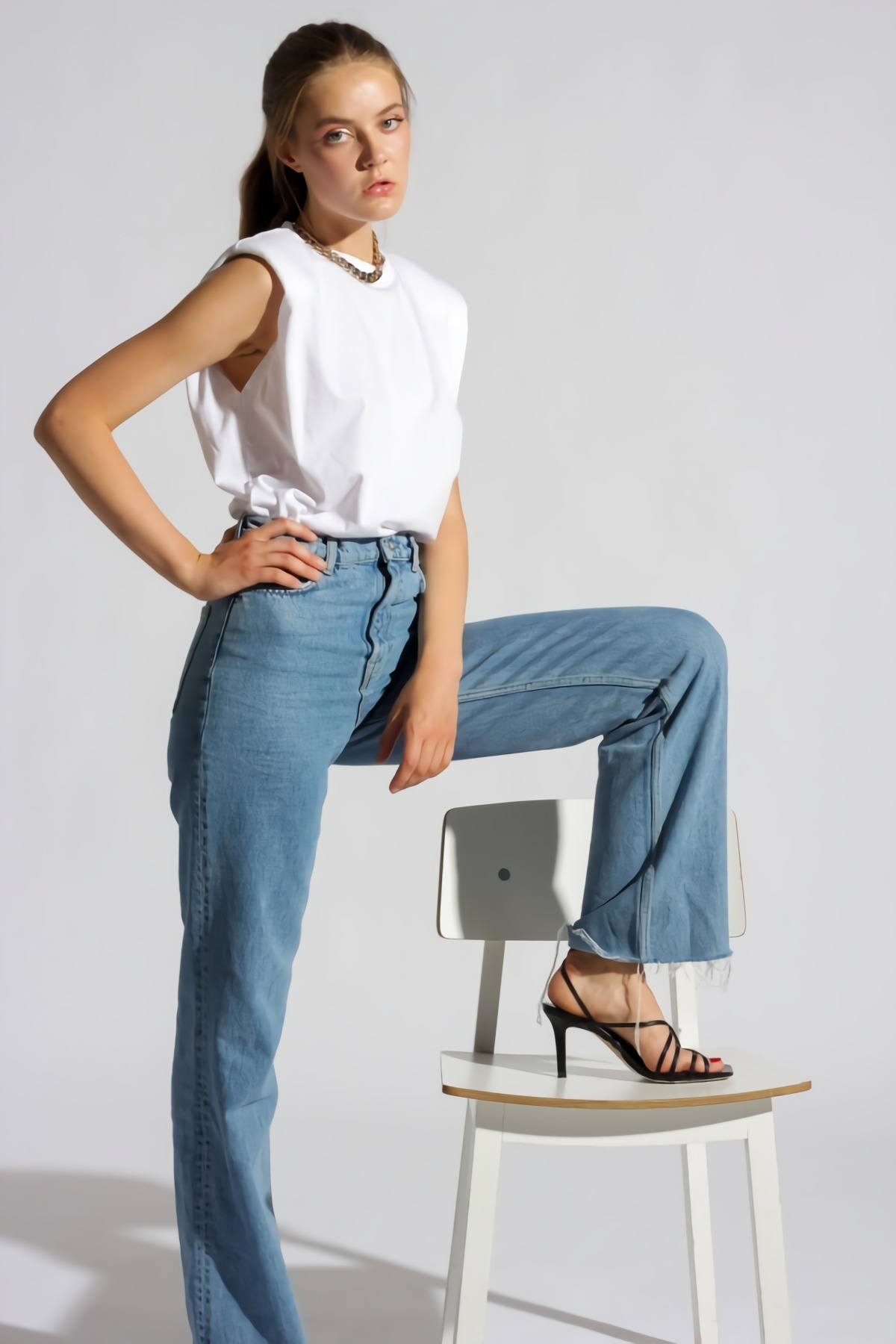
3. Versatile Knitwear
A simple crewneck sweater in grey, navy, or camel is one of the most useful things you can own. As I mentioned, merino wool is the best all-around choice. Once you have a great merino piece and see how often you wear it, you’ll understand why splurging on a cashmere sweater down the line (which can range from $150 to $400+) can be a worthy investment.
4. Go-To Outerwear
Your coat is a big deal. Timeless options include a classic trench coat or a simple wool overcoat. For a trench, look for water-resistant cotton gabardine. For a wool coat, it should feel substantial and have some structure. These are investment pieces, for sure. A well-made wool coat can set you back $250 to $500, but if you take care of it, you could easily be wearing it a decade from now.
Don’t Forget Your Feet: Investing in Good Shoes
I can tell almost everything about a person’s approach to their wardrobe by their shoes. Cheap shoes can ruin a great outfit and are just plain bad for your feet. Good shoes are an investment in your health.
The big difference between a $50 shoe and a $350 shoe is the construction—how the sole is attached to the rest of the shoe.
- Cemented (Glued): This is how most cheap shoes are made. It’s fast, but not durable, and once the sole wears out, the shoes are usually toast. They can’t be repaired.
- Blake Stitch: A solid middle ground. The upper is stitched to the sole, making it more flexible and durable than a glued shoe. These can be resoled by a good cobbler.
- Goodyear Welt: This is the gold standard for long-lasting footwear. It uses an extra strip of leather (the “welt”) to attach the sole, making the shoe incredibly durable, water-resistant, and easy for any cobbler to resole again and again. You can find Goodyear-welted boots and shoes starting around $250-$400, and with proper care, they can last for 15-20 years.
A note on budget: Can’t swing a $350 pair of shoes right now? I get it. Look for well-made Blake-stitched options, or even better, explore the secondhand market. You can often find high-end, Goodyear-welted shoes on sites like eBay or The RealReal for a fraction of their retail price.
And please, use wooden shoe trees! They’re not just for fancy old men. They absorb moisture and help your shoes keep their shape. A $25 pair of shoe trees can literally double the life of your expensive shoes.
Finishing Touches and Long-Term Care
Accessories bring your personal style to life, but just like with clothes, quality over quantity is the name of the game. A simple leather belt made from a single strip of full-grain leather will outlast a dozen cheap ones that crack and peel.
To keep your collection from turning back into clutter, adopt the “one-in, one-out” rule. When you bring a new item home, an old one has to go. It forces you to be incredibly thoughtful about what you buy.
And find a good tailor! Ask around for recommendations or check local reviews. A good tailor is a craftsperson who can make your clothes fit perfectly. Expect to pay around $20 to hem a pair of pants or $40-$60 to take in the body of a jacket. It’s worth every penny.
A Quick Word on Care & Safety
You’ve invested in good stuff, so don’t ruin it! Moths are a real threat to wool and cashmere, so store your clean sweaters in breathable containers with cedar blocks or lavender sachets—they work better and are safer than toxic mothballs.
And for the love of all that is holy, ditch the wire hangers from the dry cleaner. They will create weird puckers in the shoulders of your clothes. Use wide wooden hangers for jackets and decent velvet or plastic ones for shirts.
So, here’s your quick win for today. Go into your closet and swap out five of your worst wire hangers for better ones. It costs less than $10 and makes a huge difference. Your clothes will thank you. This whole process is about that: making small, intentional choices that add up to a wardrobe that brings you ease and confidence, not stress.
Inspirational Gallery with Photos
The Tailor Is Your Secret Weapon: A $70 pair of trousers that have been tailored to fit you perfectly will always look more expensive and feel better than a $300 pair straight off the rack. A simple adjustment, like hemming trousers to the perfect length or taking in the waist of a blazer, transforms a good piece into a great one. Think of a tailor not as a repair service, but as the final step in your thoughtful purchase.
The average consumer now buys 60% more clothing items a year than they did 15 years ago, but each garment is kept for only half as long.
How do you tell if a piece is actually high-quality before you buy it?
Forget the brand name for a second and use your hands. Check the seams—are they straight, dense, and finished neatly, or are there loose threads? Tug gently. A quality garment will have some give but feel sturdy. Look at the buttons and buttonholes; they should be secure and cleanly stitched. Lastly, feel the fabric itself. A good natural fiber like cotton, wool, or linen has a substantial, pleasing texture, unlike the flimsy, often slippery feel of cheap polyester.
- Your colors stay vibrant, not faded.
- Your knits keep their shape, no more stretching.
- Your favorite pieces feel soft and comfortable for years.
The secret? Rethink your laundry routine. Wash clothes less often (especially denim and sweaters), choose a gentle, pH-neutral detergent like those from The Laundress, and skip the high-heat dryer whenever possible. Air drying is the single best thing you can do for the longevity of your clothes.
The search for the perfect white T-shirt can feel endless, but the key is in the cotton. Look for Pima or Supima cotton, which have longer fibers that make the fabric softer and more durable. Check the collar—a ribbed neckband that’s thick and lies flat is a sign of good construction. Brands like Everlane and Uniqlo offer excellent value, while a brand like James Perse is an investment in a specific kind of relaxed, luxurious drape.
According to the Ellen MacArthur Foundation, the equivalent of one garbage truck of textiles is landfilled or burned every single second.
This staggering figure isn’t just an abstract environmental problem; it’s the direct result of the ‘buy, wear, toss’ culture. Building a curated wardrobe is a personal act of resistance. By choosing pieces that last for years instead of weeks, you’re not just saving money and looking better—you’re actively stepping out of a wasteful cycle.
Cashmere: Incredibly soft, lightweight, and offers superior insulation. Its luxurious feel is unmatched, but it requires delicate care and can be prone to pilling if it’s lower quality.
Merino Wool: More durable and resilient than cashmere. It’s excellent at wicking moisture and regulating temperature, making it a versatile workhorse for everything from fine-gauge sweaters to base layers. While very soft, it doesn’t quite have the same cloud-like feel as cashmere.
For an everyday staple, Merino is a practical and robust choice. For a touch of pure luxury, nothing beats true cashmere.
Feeling overwhelmed? Try the “Five-Piece French Wardrobe” concept. The idea isn’t to limit yourself to only five new things a year, but to shift your mindset. Each season (spring/summer and fall/winter), you focus on acquiring no more than five new, high-quality, trend-transcending pieces. This forces you to be incredibly selective, prioritizing that perfect trench coat or those timeless leather loafers over a handful of disposable tops. It’s curation in its purest form.
- First, take everything out. Yes, everything.
- Create three piles: Keep, Mend/Tailor, and Donate/Sell. Be ruthless. If you haven’t worn it in a year, or it doesn’t make you feel great, it goes.
- Organize the ‘Keep’ pile by category (trousers, shirts, etc.), then by color.
- Identify the gaps. This is what you’ll use to make your thoughtful shopping list.
Instead of chasing trends, define your personal color story. It simplifies everything.
- Start with 2-3 Neutrals: These are your base. Think navy, charcoal, cream, camel, or black. They should make up the bulk of your investment pieces, like coats and trousers.
- Add 2-3 Main Colors: These are the shades you love and that flatter you. Perhaps a rich forest green, a soft powder blue, or a warm terracotta. These will be your sweaters, blouses, and versatile dresses.
- Finish with 1-2 Accent Colors: A pop of vibrant red, a sunny yellow, or a deep magenta for scarves, a special top, or accessories.










